media to keep faith in humanity
books, films, and tv when you need a reminder of why we're here and why to keep going
So it’s no secret the world is shit. Everything feels so much worse now. In some ways it is, but in others, it’s exactly the same, or even better. When our personal experience with the world is limited, it can feel hopeless when what we know comes to an end. But I’ll let you in on a little secret; the world has always been shit, and it’s always been getting better, and it’s always been getting worse. Just depends on who you are and where you live. But regardless, these scary feelings still need some place to go. If you live in the U.S. like me, things are looking especially grim, scary, and hopeless right now. I’ve been drifting towards media that has something to say about humanity in its various forms, particularly our persistence in sticking to it in times of need. So I’ve assembled a list of tv shows, films, books, and documentaries that allow us to sit with those scary feelings but also dare to hope just a little.
The Good Place (2016-2020)
The Good Place is a sitcom that follows a woman named Eleanor as she enters the afterlife, an idyllic heaven known as “The Good Place.” Designed as a utopian small town, Eleanor has everything she could want in the Good Place, like an endless supply of frozen yogurt (something criminally 2016), and even a designated soul mate, Chidi. But something’s off. Eleanor finds out that her spot in heaven wasn’t meant for her, she was mistaken for another Eleanor. Our Eleanor is actually a terrible person. But she doesn’t want to be found out and sent to the Bad Place, so she gets Chidi, who spent his time on earth as a moral philosophy and ethics professor, to teach her how to be a better person and earn her spot. Aside from Chidi and Eleanor, there’s the Good Place architect Michael, his robot assistant Janet, and two other afterlife inhabitants, Tahani and Jason.
If you’ve seen The Good Place, then you’ll share my pain in not being able to share any further information to potential viewers even though the very best parts of the show happen after the big plot twist in season 1. So, potential viewers, I truly wish I could share more, but it’s for the best. Just know you’re in for one of the funniest, creative, clever, heartwarming pieces of art you’ve ever encountered. The reason I’m including this on the list is because the show explores the concept of morality and allowing people second chances to better themselves, positing that humans are capable of becoming better when they have good support systems. Morality isn’t a point system, but a plant watered by the love we receive.
“What matters isn’t if people are good or bad. What matters is if they’re trying to be better today than they were yesterday.”
No Other Land (2024)
No Other Land is an Oscar-winning Palestinian-Israeli documentary directed by Basel Adra, Yuval Abraham, Hamdan Ballal, and Rachel Szor. Recorded from 2019-2023, it follows Palestinian activist Basel Adra as he resists the forced displacement of his village in Masafer Yatta by Israeli soldiers who are enforcing an Israeli court order to turn the Palestinian land into a military training zone. Basel has been recording events like this with a camera for as long as he can remember. Israeli journalist Yuval Abraham comes to the village to write, report, and document the violence, and the two work together to spread awareness, striking up an unusual friendship meanwhile the vast differences between their lives is always bubbling under the surface.
I know what you’re thinking: what the fuck is this documentary about Israel’s illegal displacement, occupation, and ethnic cleansing of Palestinians doing in a post about keeping your faith in humanity?
Because there is no greater example of keeping your faith in humanity than the Palestinian people. Despite the constant violence, trauma, heartache, and grief, they resist. They do not give up hope that Palestine will be free one day. Their land is being destroyed and stolen, their people are being killed day after day, yet they still laugh. Still share food, even when all that’s available is a loaf of bread. Still dance, sing, play, dream. It shouldn’t have to be that way. But humanity is the key to resistance. You have to keep living as best you can so you can remember what you’re fighting for. I can’t just recommend fluffy feel-good media for this list because that’s not reality. This documentary is a hard watch, and that’s the point. But in it, you’ll also see moments of community, such as when Basel’s village works together to rebuild their homes in secret, and laughter, like when Basel’s mom jokes that she can’t wake him up for school but when Israeli soldiers are at the door, he’s awake and alert in seconds.
The documentary ends with a summary of what has happened since October of 2023 when Israel launched its largest genocidal campaign against Palestinians that is still happening today in 2025. You’re left with a heavy feeling, and you should be. But the fact that a documentary like this was able to be made in the first place is a huge step in the fight for a free Palestine. Unfortunately, despite its Oscar win, U.S. distributors are too scared to screen it because confronting our government and economy’s profitable ties to the business of genocide is too much for them to handle. If you’re in the U.S. you can stream the film online by using a VPN. I was able to watch it on the U.K.’s Channel 4 website for free. Especially after the censorship-motivated attack of co-director Hamdan Ballal by Israelis, it’s more important than ever that this film reaches as many people as possible.
“Land you have to die for is yours. Not land you have to kill for.”
Beautiful World, Where Are You? by Sally Rooney
Should we feel guilty for pursuing “trivial” things like love, relationships, and career success when the planet is dying? This and more is what Rooney explores in Beautiful World, Where Are You?. The novel follows Alice and Eileen, two women approaching their thirties who send e-mails to each other talking about any topic under the sun, but mostly how they feel they were born right as the world started ending. The second chapter opens with Alice drafting an e-mail about how when she went to the convenience store to buy lunch, she realized the reason she’s even able to do that is because of the hard, dangerous, low-paying (or not paying at all) labor of people in other countries, and all wrapped in single-use plastic that’s killing the planet.
Alice is a successful novelist whose quick rise to literary fame led to a mental breakdown. She lives in the countryside and meets Felix, a warehouse worker, on a dating app. Eileen lives in Dublin and makes no money at her literary magazine job, just barely getting by as she rents a room in a flat. She’s getting over a breakup and runs into Simon, a friend she’s known since childhood and has always had a crush on, despite the fact that she’s an atheist and he’s a Catholic. Both women start intimate relationships with these men, and, in typical Sally Rooney fashion, their worlds are changed by the transformative power of love. But not in a cheesy, overly romantic way. Rooney has always been able to blend the personal, societal, philosophical, and political, and BWWAY? is a great example of that. As the women navigate these new relationships, they discuss things such as the commodification of art, the point of fiction, climate change, wealth inequality, and feeling useless.
Hope slowly unfolds throughout the novel as the friends become more secure in themselves and their relationships (not without some drama, tension, and a fight, though). We may not know why we’re here or what we should be doing to make the world progress, especially when it feels like we’re on the verge of collapse, but the beautiful world we’re looking for is made by the ordinary, most of all the people we love and who love us. I think some people could mistake this message for passivity, especially since the characters in this novel are white and privileged, but I think it’s main point–that on the brink of societal collapse, we still care so much about seemingly frivolous relationships and daily life, and that’s okay–can still be a comfort to anyone who reads it.
“I was tired, it was late, I was sitting half-asleep in the back of a taxi, remembering strangely that wherever I go, you are with me, and so is he, and that as long as you both live the world will be beautiful to me.”
Monkey Man (2024) dir. Dev Patel
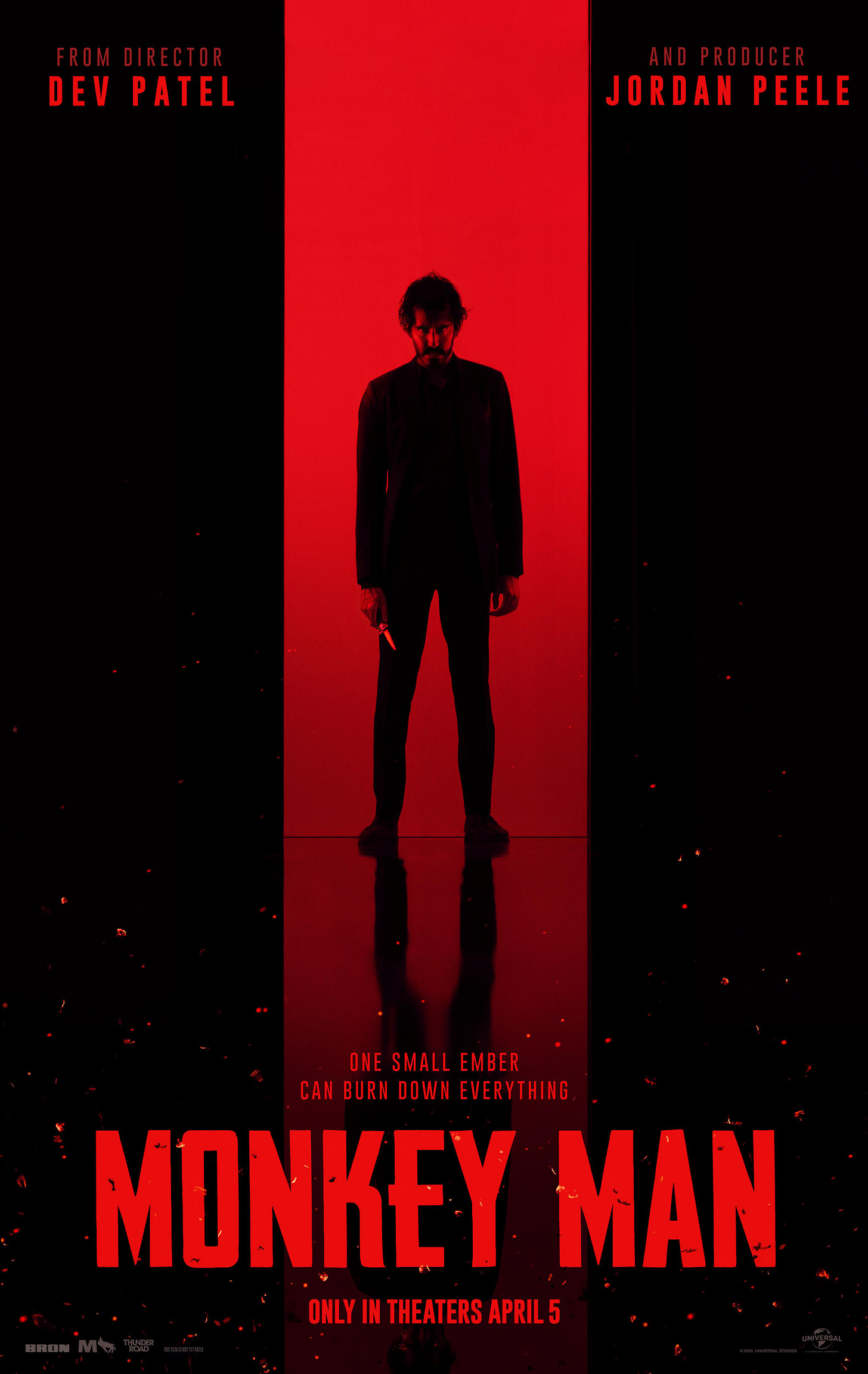
This is another kind of weird entry but stay with me here. Monkey Man is an action thriller that follows Kid (not his real name–he’s never named, an interesting metaphor of how grief, trauma, and systemic violence robs you of your identity; but I’m getting ahead of myself), a man living in Yatana, a fictional city in India. Kid works as a heel and jobber at an underground fight club, wearing a monkey mask. In wrestling, a “heel” is the villain and a “jobber” is the wrestler designated to lose the match. Basically, Kid gets paid to get his ass beat every night. And not a lot of money, either, because like many in Yatana, Kid lives in extreme poverty. This is largely because when Kid was a young boy, he was living with his mother in a forest community made up of a persecuted religious minority. One night, officers showed up to evict the villagers and Kid watched his mother get killed and set on fire by the police chief, Rana. Now, Kid has an elaborate plan of revenge against Rana.
Again, I know what you’re thinking. How is this hopeful, exactly? Well, without spoiling the plot too much, Kid’s plan of revenge doesn’t go that great. He’s kind of getting his ass beat left and right. And this is because he’s working alone. After what is probably the most intense police chase I have ever seen, Kid, who is severely injured, is taken in by a hijra community, a group of transgender, intersex, and eunuch people who are being targeted by Baba Shakti, the religious guru that leads the country’s ultraconservative nationalist party from the shadows, and the same man that was responsible for burning down Kid’s village. The hijra help Kid heal and train, finding a confidence in himself he’s never had before. They help him realize that his true target is not Rana, but Baba Shakti. If he’s not stopped, even more people will experience what Kid and the hijra have. What was once a sole act of revenge has now become a collective fight for justice.
Monkey Man is a great action film on its own but what makes it stand out is its sociopolitical themes. Kid has a real reason to be angry, to fight. And it’s only through his experience with a marginalized community that he’s able to complete his mission. The film is a wild ride beginning to end, and while I’m not saying you’ll be crying happy tears at the end, I do think it sends a hopeful message about working together. Because as the billionaires, nationalists, and conservatives rise to the top, we’ll only have each other to rely on. They want us to stay alone or fight amongst ourselves as they continue to steal from us. But we don’t have to let it be that way. We outnumber them and they know it. It’s time we act like we know it too.
“You see scars. I see the courage of a child fighting to save his mother. These are the hands of a warrior, who is destined to challenge the gods. All your life, you've been fighting to feel pain. You need to fight for a purpose. Fight... for all of us. It's time to remember who you are.”
Everything Is Tuberculosis by John Green
If you’d told me in 2014 that John Green, worldwide best-selling YA author of The Fault in Our Stars, would go on to write non-fiction, I’d scream and cry. But now, I am so glad he made this change in his career. It’s like his work has grown with his audience and, to me at least, his non-fiction is way more compelling than any of his novels (though Turtles All The Way Down still has a special place in my heart).
After Covid, a lot of people have been more aware of disease. How it spreads, how it affects people’s lives, and most importantly, what can happen when resources are poured into preventing and treating it. Green explores this in Everything Is Tuberculosis, giving a comprehensive history of the world’s most contagious disease and how it has shaped and been shaped by society (for example, it kinda sorta was the reason New Mexico became a state). Before reading this, I thought tuberculosis was mostly a disease of the past, but as Green puts it, we are ignorant in thinking history only belongs to the past. Through a case study of a young patient in Sierra Leone named Henry with whom Green forms a close relationship, we come to understand how tuberculosis (and pretty much all disease) doesn’t just happen because bacteria infects our cells. It happens because of systemic factors like racism, stigmatization, colonization, poverty, and lack of access to resources such as healthy food, clean running water, electricity, and public transportation.
Throughout the book, Green points out how we live in a world where tuberculosis could be eradicated, but we choose not to. This is for various reasons, all of the ones I listed above included, but most importantly we’re in this situation because healthcare is viewed through a financial lens instead of a humanitarian one. But fear not–though a lot of this book discusses all the ways in which we’ve failed people in low and middle-income countries with high rates of tuberculosis, it also discusses the progress we’ve made, from treatment and prevention to spreading awareness to protests against pharmaceutical companies to lower the costs of their drugs. The ending is cautiously optimistic, pointing out that yes, tuberculosis exists because we choose to let it, but that also means if we work together, we can choose not to. If you’re worried about it being an info dump, don’t. Green’s prose is engaging and casual enough to help you understand the complex history and inner-workings of this disease, and Henry’s story breaks up the passages of information and provides a human face to latch onto.
“It reminded me, that when we know about suffering, when we are proximal to it, we are capable of extraordinary generosity. We can do and be so much for each other. But only when we see one another in our full humanity. Not as statistics or problems, but as people who deserve to be alive in the world.”
C’mon C’mon (2021) dir. Mike Mills
If children are our future, why don’t we treat them like it? C’mon C’mon is a drama film that follow Johnny, a journalist who is interviewing kids across the country about their lives and thoughts about the future. In the middle of this project, his sister Viv asks him to watch her son, Jesse, while Viv helps her ex-husband/Jesse’s father get settled in a new city. Johnny, who’s been estranged from Viv and Jesse, is lonely and awkward, and doesn’t know the first thing about caring for a child. Jesse, who’s been going through a tough time, isn’t the easiest kid to watch, either. But the two bond easily and make it through the weekend. Until Viv calls Johnny to ask him to watch Jesse for a bit longer because Paul is having a mental health crisis and Viv feels she can’t leave him alone until she gets him to seek medical treatment. Johnny is due back on the road for his project, so he convinces Viv to let Jesse join him. The pair experience many ups and downs on their road trip, confronting their feelings, memories, and fears.
This is one of those films that has a lot of things to say but doesn’t feel overstuffed, pretentious, or preachy. It works as a commentary on so many things, such as the burden of parenthood (particularly on mothers, who do most of the work and take most of the blame), the vulnerability of communication and expressing your feelings, and fear about the future. Through Johnny’s interviews, we get various points of view by kids of all ages on topics like immigration, climate change, poverty, and the way adults treat and view children. For me, the film eloquently ties all these themes together to say: Children are our future but we’re not building a kind, livable world for them to grow up in, which can make them turn into the same miserable adults we are. If we treat children like fully realized human beings, giving them a safe space for their feelings, thoughts, and ideas, we can give them the tools to go forth into the world and make change, whether that’s on a personal or systemic level. Too often, children are treated like objects, seen and not heard. bell hooks writes about this in All About Love. The love we receive as children shapes us as adults. Raising a child is no easy task and you don’t know if you’re doing it right. But if they feel loved and safe with you, you have to have faith things will work out. The kids will be alright.
“Have you ever thought about the future?”
“Yeah, whatever you plan on happening never happens. Stuff you would never think of happens. So you just have to c’mon c’mon.”
I love watching video essays on YouTube and Elliot Sang uploaded a great video, titled “Is The World Actually Ending?” He talks about everyone’s (mostly those in the U.S.) feelings on social media recently about the world ending. What I love about the video is that he doesn’t dismiss the general “we’re fucked!” consensus among us, he acknowledges that things are scary right now and it’s okay to feel angry, hopeless, scared, etc. But he also points out that just exclaiming “the world is ending and I was right!” is a very privileged take, and even while the systems we’ve always known are crumbling before us, we still have the ability to stop it. He also explores how, for different groups of people across history and today, the world is ending for them already. From Indigenous tribes who were killed by colonial settlers to people in the global south having their lands destroyed by the influx of clothing waste dumped there. It’s a great video that touches on so many things, including how social media is a big reason we feel this way. The world as we know it may be ending, but we will survive.
This isn’t exactly a hopeful song, but it does provide some angsty catharsis.
Thanks for reading! Do you have any media recommendations for this topic? Let me know in the comments! If you liked this post, please consider ‘liking’ it, leaving a comment, and sharing. If you’d like to see what I get up to when I’m not writing, you can follow me on Instagram at mjewrites.




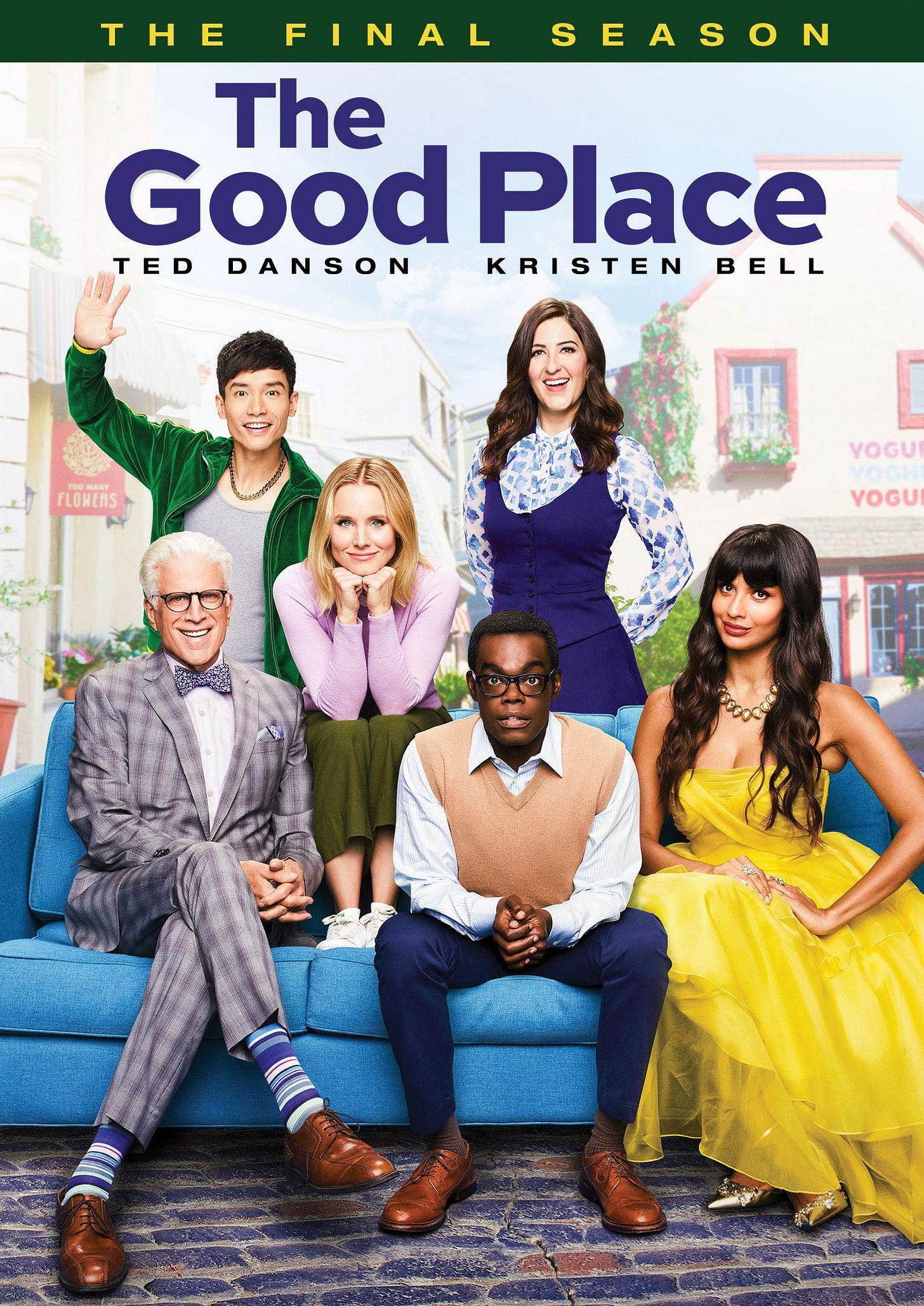
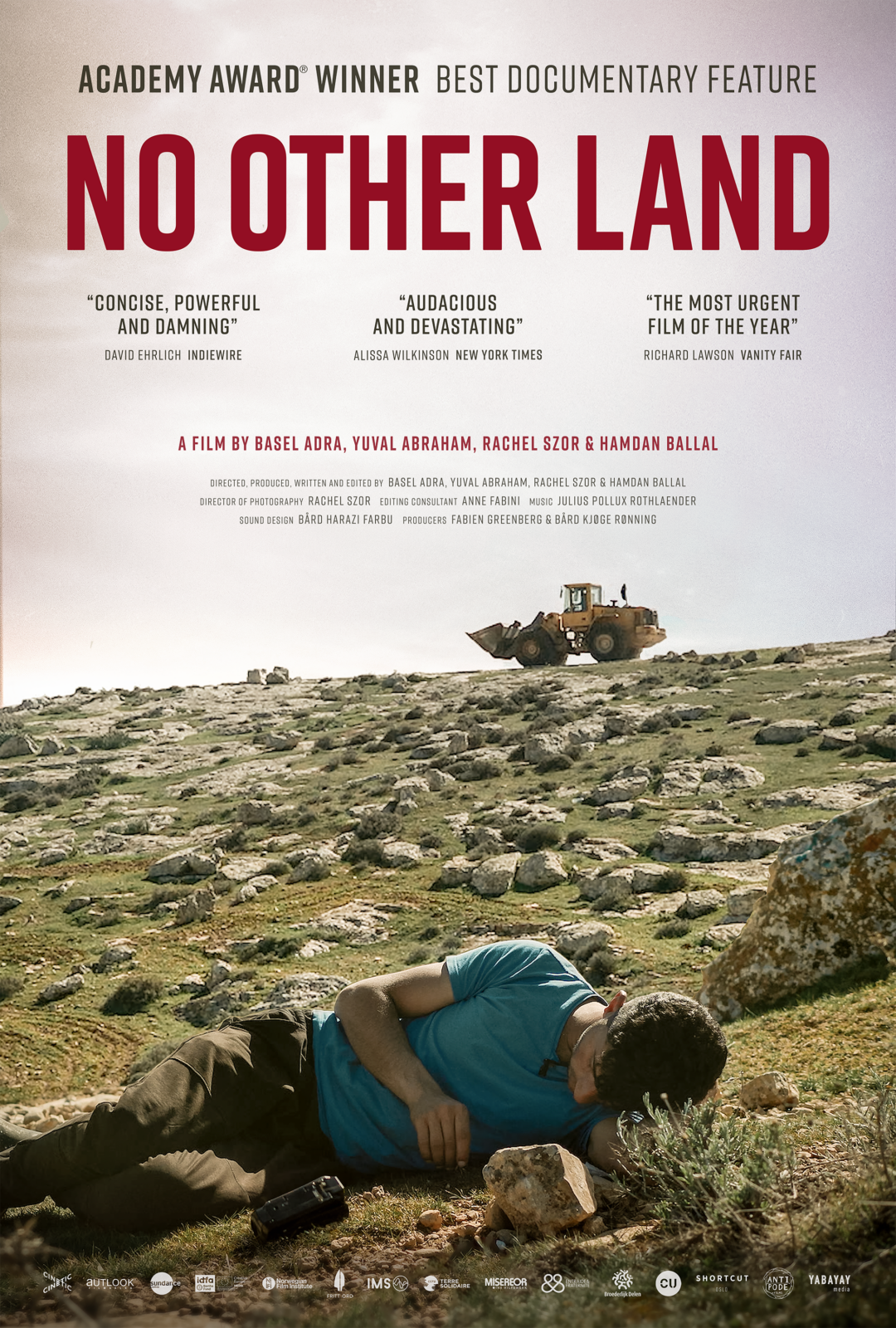
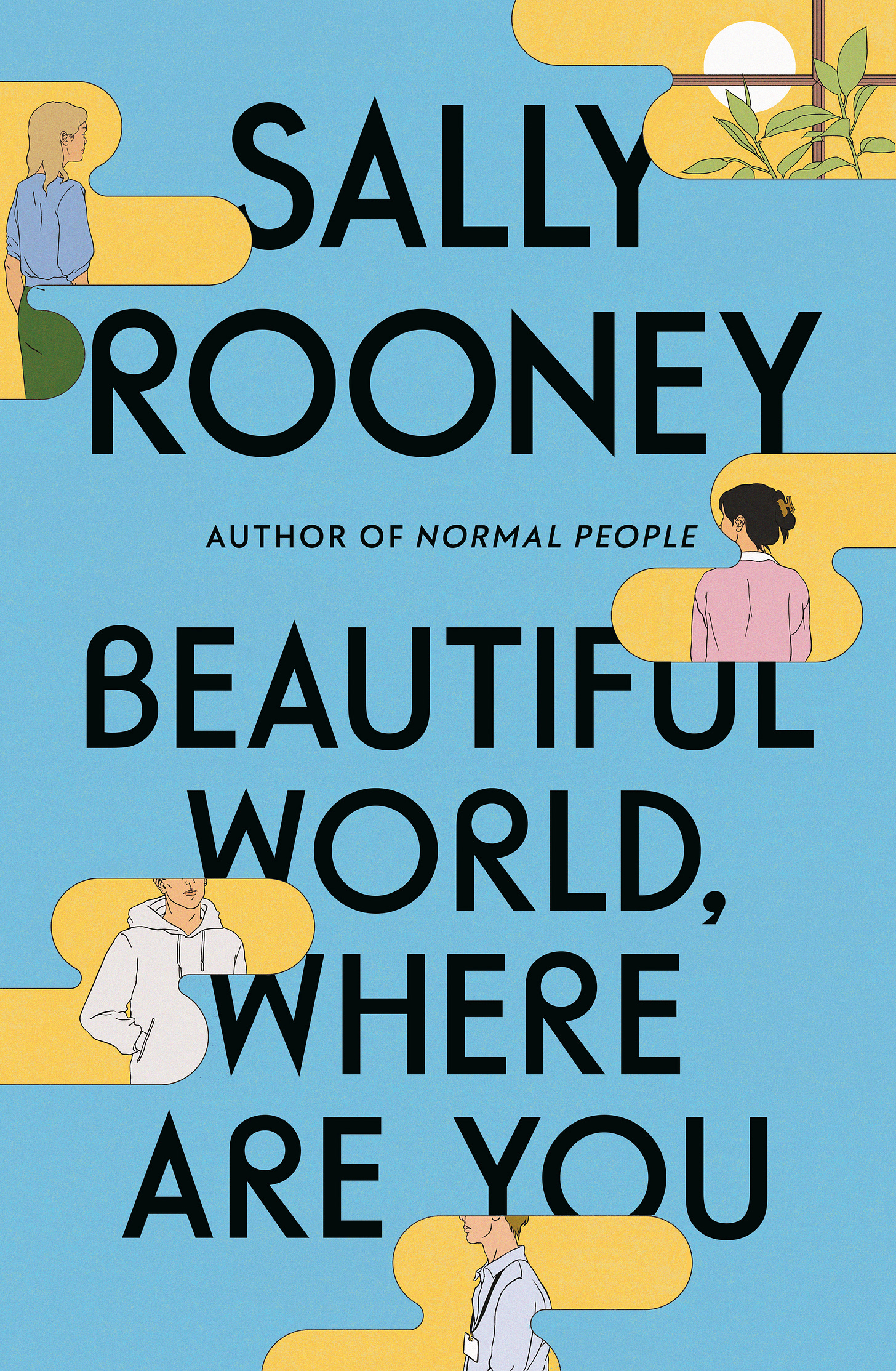

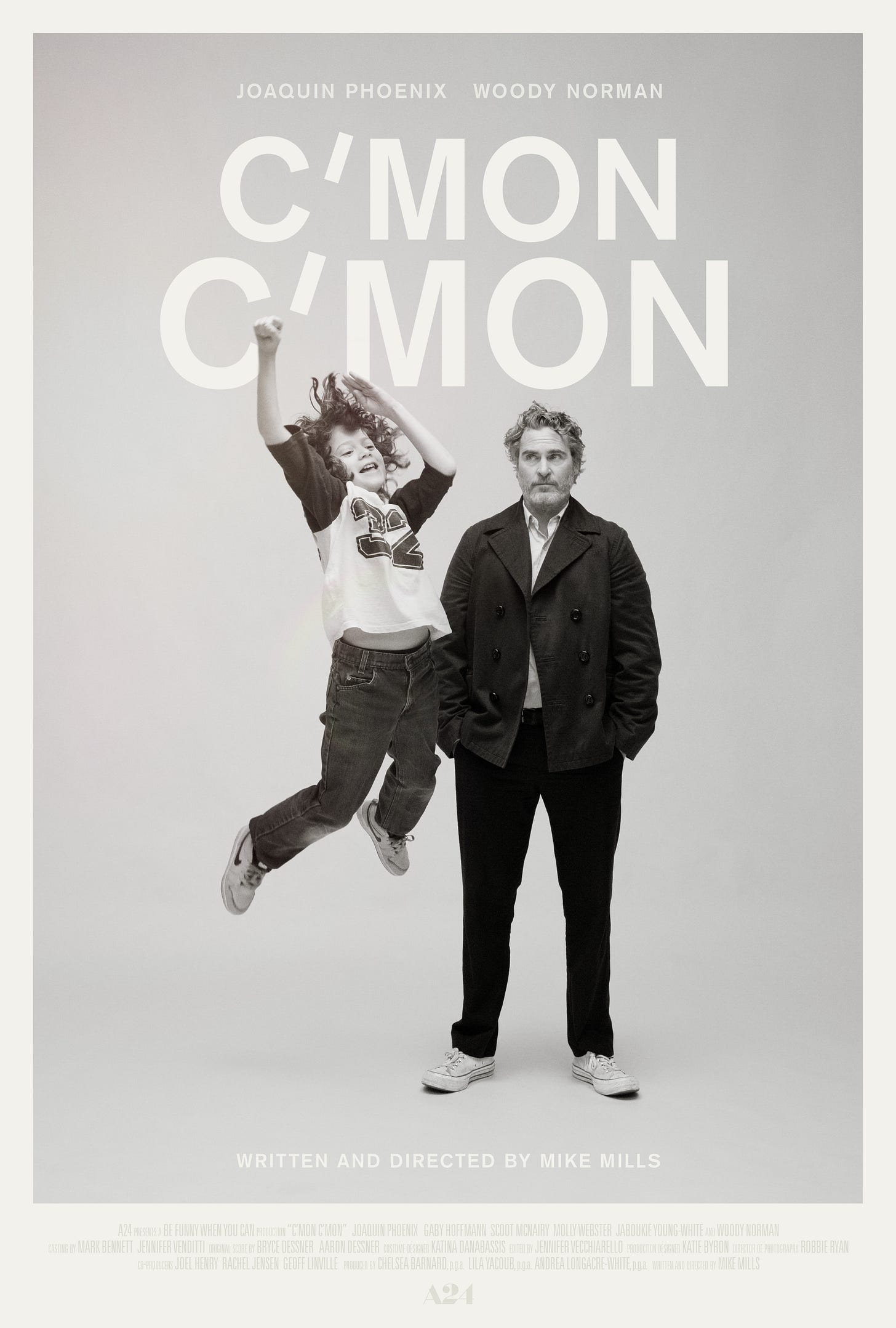
Ugh, love this Mary. You had me at The Good Place - absolute balm for the soul. I've not seen/read any of your other recs so now I have some work to do!
I was never able to get past the pilot of the good place but you’ve convinced me to try again!